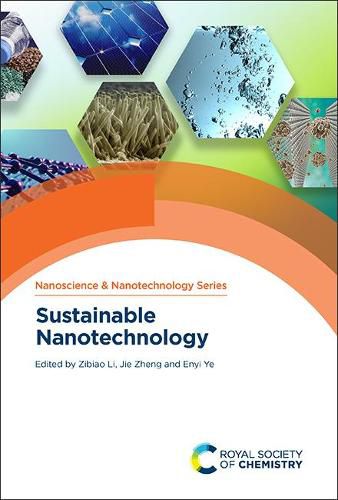Nanotechnology is a promising technique that can facilitate sustainability across a wide range of areas. By fabricating materials into nanometre-scale, nanotechnology has facilitated an efficient, economically, and environmentally acceptable solution for waste treatment and energy production. This book illustrates how green nanotechnology is being used to promote sustainability, including applications in environmental remediation and energy optimization. First, a comprehensive discussion of the latest advances to address the global challenges in water purification, CO2 management, plastics issue, food waste valorisation, toxic chemical pollutes, and energy efficiency will be provided. This is followed by the new opportunities that have been created in the production of alternative renewable energy under the premise of low natural resource consumption and minuscule toxicity production. Offering an important reference for the research community to understand more about green nanotechnology and its applications in sustainable development and circular economy. The book will be of interest to graduate students and researchers in nanotechnology, materials science, sustainability, environmental science, and energy.
Read More





